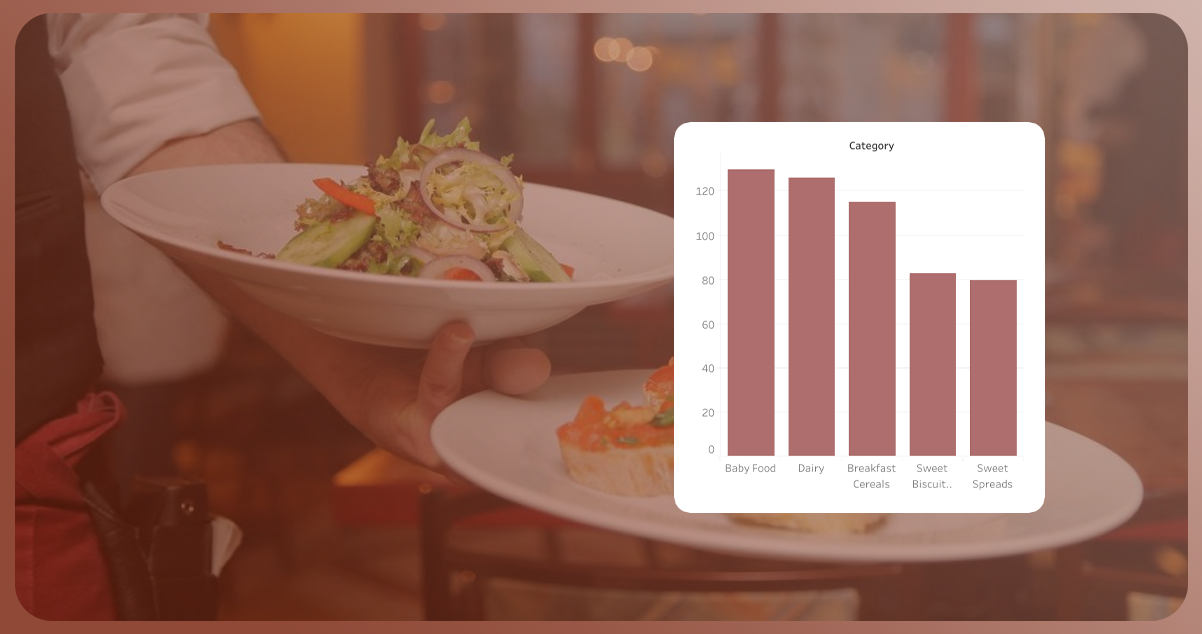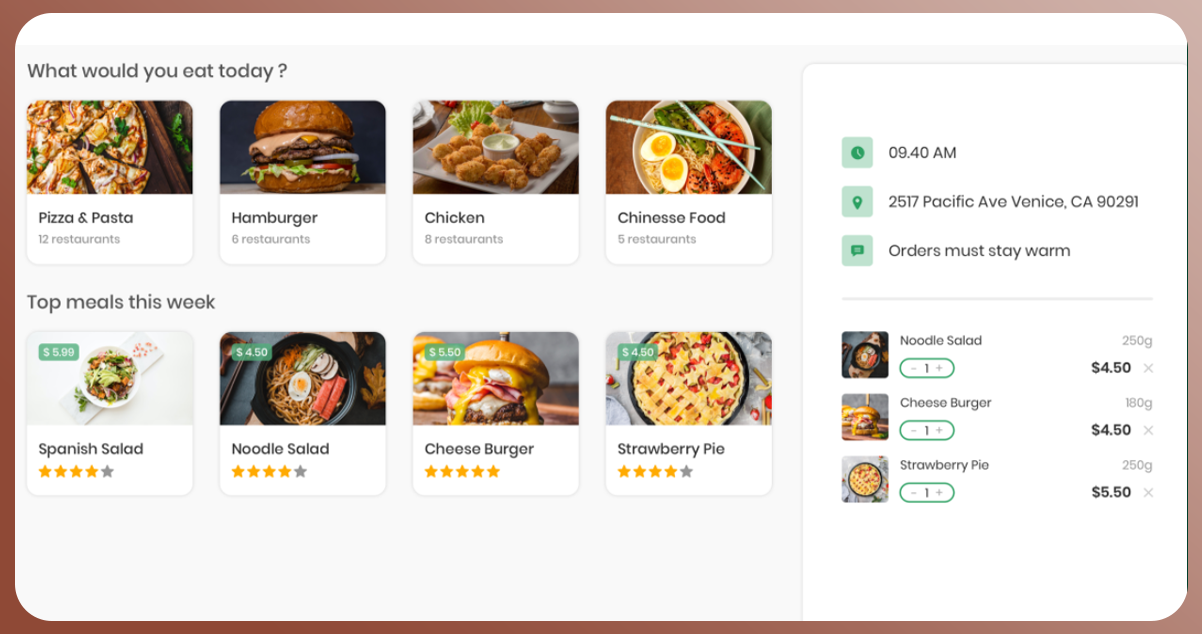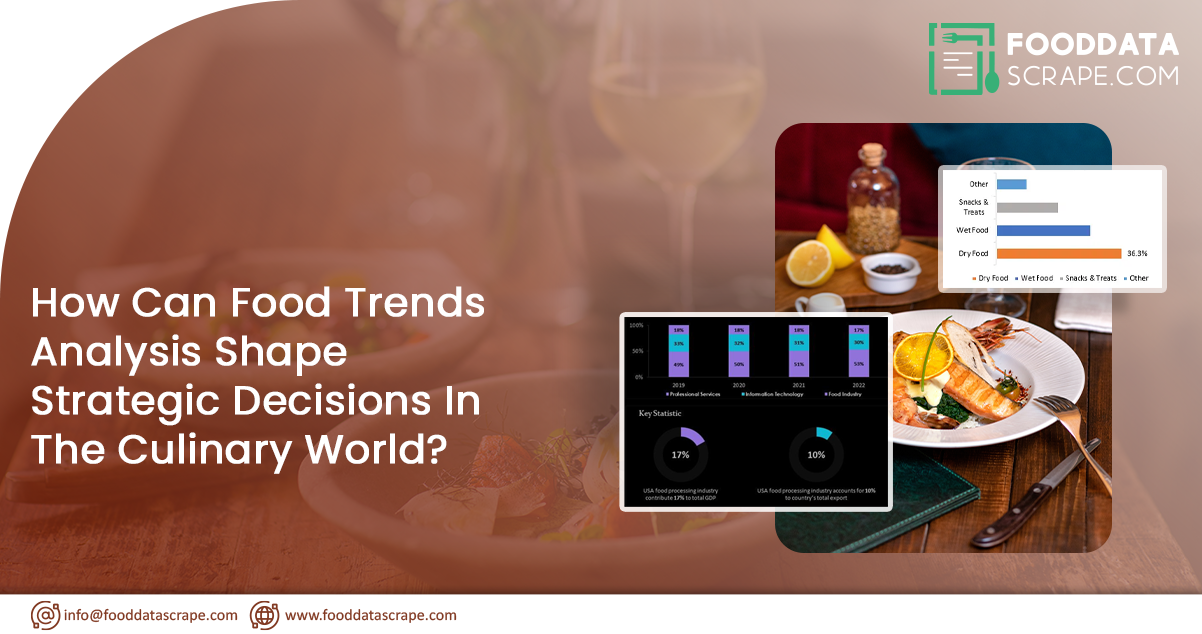Introduction: In the dynamic culinary industry, keeping pace with evolving food trends is indispensable for businesses, researchers, and culinary enthusiasts. A pivotal tool in this pursuit is restaurant data scraping, offering a gateway to profound food trends analysis. This article delves into the role of meticulous restaurant data extraction in comprehending and forecasting culinary preferences, thereby cultivating innovation and facilitating well-informed decision-making.
By carefully extracting data from restaurant sources, this methodology unveils insights into emerging dishes, flavor profiles, and dietary preferences. It enables a comprehensive understanding of cultural influences on gastronomy and aids in predicting seasonal offerings. Moreover, the analysis extends to beverage trends, informing businesses of shifts in consumer preferences. Ultimately, restaurant data scraping services become an invaluable asset, guiding stakeholders in navigating the dynamic landscape of the culinary world and staying attuned to a discerning audience's ever-changing tastes and preferences.
Significance of Restaurant Data Scraping for Food Trend Analysis

Unveil Emerging Dishes and Ingredients: Restaurant data scraping allows for identifying emerging dishes and ingredients across various establishments. By analyzing menus and dish descriptions, trends in culinary innovation become apparent, providing insights into the evolution of taste preferences.
Analyzing Flavor Profiles: Scrutinizing data from diverse restaurants unveils prevailing flavor profiles. Whether it's the rise of bold and exotic tastes or a resurgence of traditional flavors, this analysis aids in discerning the nuances that shape contemporary culinary preferences.
Tracking Dietary Preferences: A restaurant data scraper enables tracking dietary preferences and restrictions. From the surge in plant-based diets to the popularity of gluten-free options, understanding these patterns is invaluable for catering to diverse consumer needs.
Identifying Cultural Influences: By scraping restaurant data, one can identify cultural influences on food choices. It includes the popularity of ethnic cuisines, fusion dishes, and the impact of global travel on local food scenes, offering a panoramic view of culinary diversity.
Monitoring Presentation Trends: Analyzing scraped data unveils trends in food presentation and aesthetics. From Instagram-worthy dishes to minimalist plating, understanding visual trends aids in adapting marketing strategies to align with consumer expectations.
Predicting Seasonal Offerings: With restaurant data scraping, predicting seasonal offerings and menu rotations is possible. It is particularly beneficial for businesses looking to align their offerings with seasonal produce and capitalize on changing consumer preferences.
Understanding Beverage Trends: Beyond food, scraping data from restaurant menus sheds light on beverage trends. It encompasses the popularity of craft cocktails, specialty coffees, and the emergence of non-alcoholic alternatives, reflecting shifts in consumer preferences.
Informing Market Strategies: The insights from food trends analysis through data scraping inform effective market strategies. Businesses can tailor their offerings, marketing campaigns, and operational decisions based on real-time and historical trends, fostering innovation and adaptability.
How Does Dashboard Reveals Trending Data for Food Trends Analysis?

A well-designed dashboard is instrumental in revealing trending data for food trends analysis. Here's how a dashboard can effectively showcase and communicate insights in the context of culinary preferences:
- Real-time Updates: A dynamic dashboard provides real-time updates on emerging food trends. It continuously pulls and updates data, ensuring users have access to the latest information, which is critical for staying ahead in a fast-paced industry.
- Visual Representation: Utilizing visual elements such as charts, graphs, and heatmaps, a dashboard transforms raw data into a visually intuitive format. This visual representation facilitates quick comprehension, allowing users to grasp trends at a glance.
- Comparative Analysis: Dashboards enable users to conduct comparative analyses by presenting data side by side. This feature is invaluable for discerning patterns, contrasts, and variations in food preferences over different periods or across diverse demographics.
- Filtering and Segmentation: Users can employ filters and segmentation options to narrow down data based on specific criteria. This functionality allows for granular analysis of food trends, whether by cuisine type, location, or other relevant parameters.
- Interactive Elements: Incorporating interactive elements like clickable charts or drill-down options enhances user engagement. It enables stakeholders to explore specific data points, delve deeper into trends, and extract actionable insights for decision-making.
- Alerts and Notifications: Configure dashboards to send alerts or notifications when significant shifts or anomalies occur in the data. This proactive feature informs users of emerging trends or unexpected changes in consumer behavior.
- Integration with External Data Sources: A robust dashboard can integrate seamlessly with external data sources, expanding the scope of analysis. It could include incorporating social media data, market reports, or other relevant sources to provide a comprehensive view of the factors influencing food trends.
- Predictive Analytics: By leveraging machine learning algorithms, a dashboard can incorporate predictive analytics to forecast future food trends. This forward-looking capability enables businesses to proactively adjust their strategies and offerings to align with anticipated consumer preferences.
- User-Friendly Interface: A user-friendly interface is paramount for practical data interpretation. Intuitive navigation, clear labeling, and a well-organized layout contribute to a seamless user experience, allowing stakeholders to extract valuable insights effortlessly.
- Customization Options: Providing customization options allows users to tailor the dashboard to their specific needs. Whether it's adjusting timeframes, selecting specific regions, or focusing on particular types of cuisine, customization enhances the relevance of the data presented.
To access comprehensive data, including trending information on food and restaurant trends, follow these steps:
- Start by entering the dashboard section and navigating to the "Food Dashboard."
- Click the "Food Dashboard" option to unveil a new dashboard view.
- Within this customizable dashboard view, define your data preferences by specifying criteria. Select the desired food product category for examination and pinpoint the particular states or regions of interest.
- After selecting the criteria, the dashboard will showcase your customized view. Here, you can compare the average prices of the chosen food category across selected states or regions and access trending data on food and restaurant preferences. Each state is labeled, facilitating a swift assessment and comparing pricing trends for specified food items in your chosen locations.
- This comprehensive information is invaluable for making informed decisions about food prices, gaining insights into market trends, and identifying regional disparities, including the latest food and restaurant preferences trends.
Conclusion: Food trend analysis is a cornerstone in navigating the ever-evolving culinary landscape. Businesses, researchers, and enthusiasts gain a nuanced understanding of changing consumer preferences by scrutinizing data and insights from diverse sources. Whether uncovering emerging ingredients, discerning cultural influences, or predicting the popularity of specific cuisines, food trend analysis is pivotal for informed decision-making. Adapting to and capitalizing on these trends empowers stakeholders in the food industry to stay competitive, innovate, and cater to the dynamic tastes of a discerning audience. In this data-driven era, leveraging food trend analysis is not just a strategy; it's necessary for those seeking to thrive in the vibrant and ever-changing world of gastronomy.
For profound insights, connect with Food Data Scrape. We specialize in Food Data Aggregator and Mobile Restaurant App Scraping, offering comprehensive data analytics and insights to enrich your decision-making and elevate your business strategies. Reach out today to unlock a pathway to success guided by data-driven intelligence.






























































































